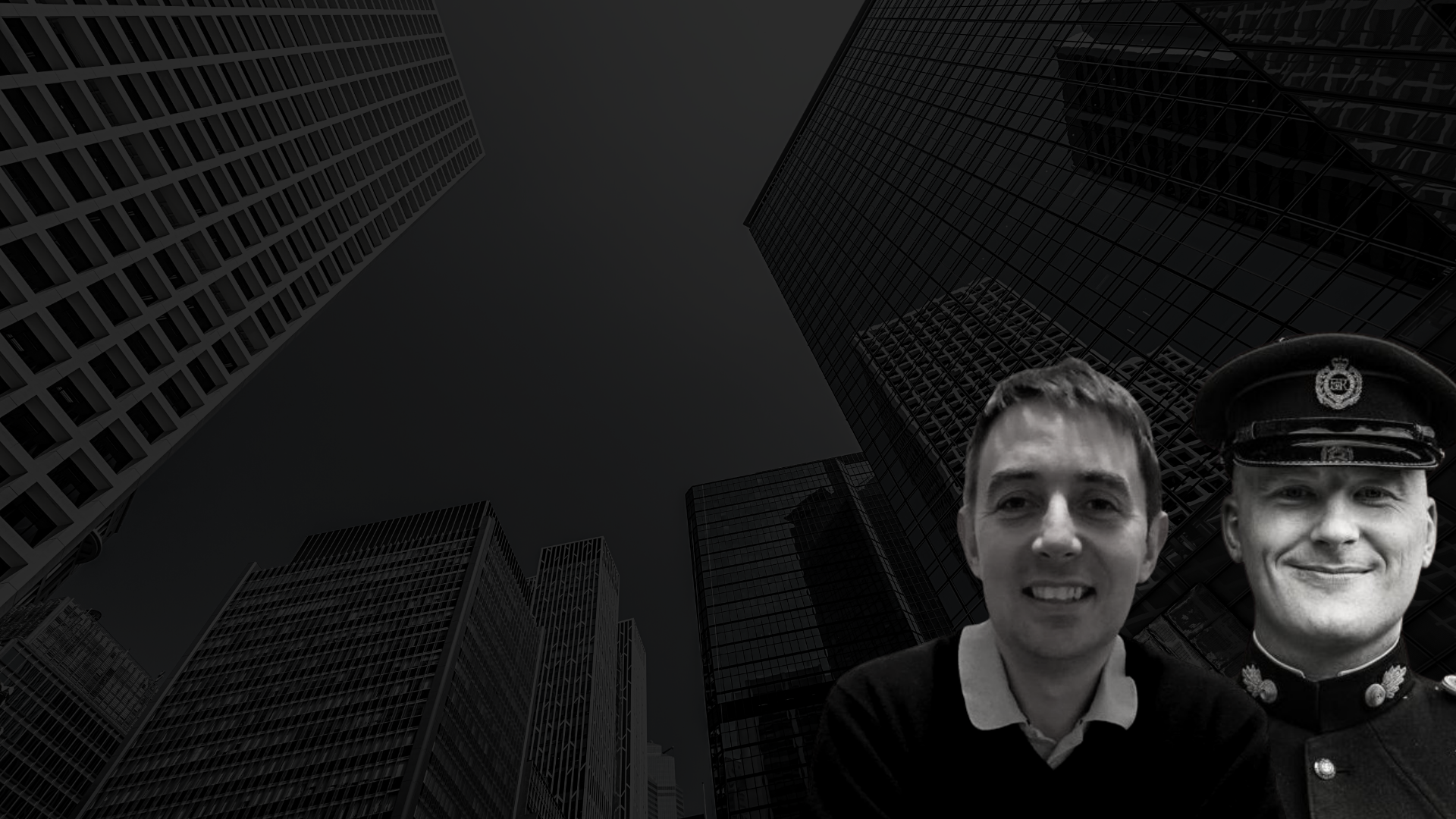How Collaborating with Geospatial Data Powered the UK’s COVID Response

In part one of this two-part podcast special, two geospatial data experts share the results of their unique COVID-19 response collaborations across military, government and public health institutions in the UK
In 1894, within 250 yards of Cambridge and Broad streets in Soho, London, 500 people died of Cholera in just 10 days.
The story of how John Snow, a Soho-based obstetrician and researcher, used medical and public data and a geographical grid to determine the source of the outbreak might be the first recorded example of geospatial data being used to solve a public health emergency.
In this week’s Business of Data podcast, geospatial data specialists, Major George McCrea, Chief of Staff at the Headquarters of Royal Engineers (Geographic) for the UK’s National Centre for Geospatial Intelligence, and Captain Luke Parker, former Geospatial Lead for COVID-19 Response for the British Army and current Senior Technical Officer for the Department of National Defence in Canada, discuss how the collaboration between the British military’s engineering corps, the government, public health institutions and each other helped to power a coordinated response to the global COVID-19 pandemic in the UK.
A Tradition of Innovation in Geospatial Data and Engineering
The tradition of British innovation in geospatial data in goes back a several hundred years. From clockmaker John Harrison’s invention of the first reliable method of measuring longitude at sea in the 1750s, to setting global standards for navigation and timekeeping, charting the world’s oceans, and creating the world’s first geological survey.
It is a tradition that continues to this day. And geospatial data has played an vital role in a more recent global public health emergency. One that is very much still at the forefront of our minds.
"We've got a really good pedigree in the UK of geospatial data excellence and innovation, and, uh, 42 engineer regiment and the National Centre for Geospatial Intelligence (NCGI) are just another strand of that excellence that is continuing," says Parker.
McCrea adds: “It was a collaboration of personnel analysis and data sharing, all these elements, which we hadn't really explored too much before, because there wasn't a need. Necessity is the mother of invention, as the famous quote goes, and [the pandemic] really did require us to collaborate and harness the power of using an online GIS platform.”
Visualizing Collaborative Success in the Face of a Pandemic
Geospatial data is often used in mapping, urban planning, and disaster management. This made geospatial data an invaluable resource when attempting to understand the spread of a poorly understood pathogen amongst the general population.
However, as hundreds of years of experience have taught the military, little productivity will be achieved if the command chain is not collaborating effectively. That’s why McCrea, Parker, and their colleagues at the British Military’s 42nd Engineer Regiment incorporated liaison officers into governmental agencies such as the NHS, the Cabinet Office, and the newly formed Joint Biosecurity Center.
“We will have all seen projects where the ‘good ideas club’ starts running with an idea, and you don't revisit what the user needs. And by the end of it, you've delivered something that they don't want, and it's not used,” Parker says. “So, having that liaison officer embedded there ensures that you're getting the greatest buy-in when the product is delivered.”
How Geospatial Data Facilitated the COVID-19 Response
The enhanced collaboration between public health institutions, governmental agencies, and the military, led to a dramatic improvement in the COVID-19 response in the early days of the pandemic.
Captain Parker explains: “What we were able to do is to visualize quickly [for] the end-user things like where are the COVID concentrations? Where are the hospitals and the rest of the medical structure infrastructure? Where are the supplies and how are they going to get from A to B? Where are the best places for additional infrastructure?
“We will have all seen mobile testing units that were driving around delivering tests, Nightingale Hospitals, regional supply points, asymptomatic testing sites, vaccine sites. All these things require a geospatial expert to run a model with multiple layers of both physical and social data layers on top of each other to determine the best location for them.”
The culmination of the initial work saw the geospatial data community in the UK create one version of the pandemic-related geospatial data on a single mapping service that over 1000 people in both the military and government could access.
“Data collaboration here holds the key to innovation and growth in a hypercompetitive market,” Parker says. “COVID was really the catalyst that broke down some quite entrenched data, protectionist behaviors.”
McCrea adds: “COVID-19 is the best example of collaboration that we can draw on. It brought about a greater sense of collaboration within the military and across government departments. The work we did involved sharing data and elements we hadn't really explored before.”
Key Takeaways
- Collaboration is the new competition. More organizations are waking up to the idea that working with partners to build an ecosystem gives a competitive advantage
- What is geospatial data? Geospatial data is more commonly used in mapping and telecoms but also plays a major role in helping governments with disaster management and tracking the spread of infectious diseases
- The value of data champions. Placing liaisons, or ‘data champions’ within departments ensures the geospatial engineers develop products that will move government operations forward


